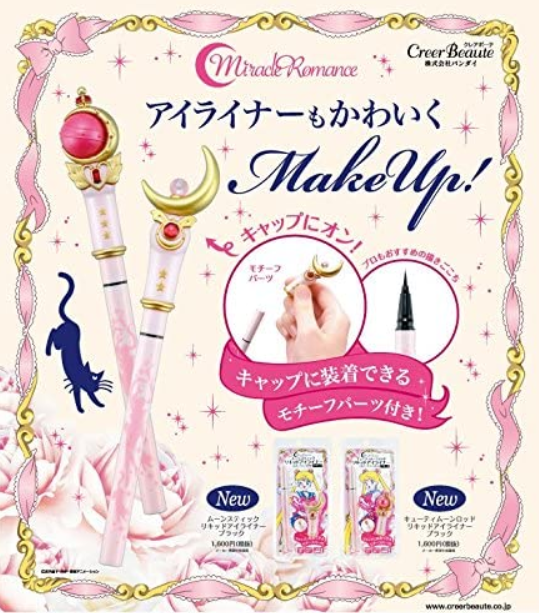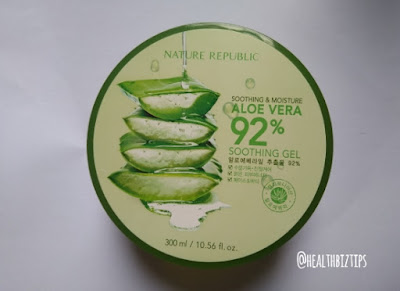5 Main Difference between Cholesterol and Fat
How to differentiate cholesterol and fats?
By: Arlene Gentallan
Cholesterol and fats are classified as both lipids. (A lipid is a substance that's insoluble in water but soluble in alcohol.) But that doesn't mean they're the same. At times, it may be difficult to point out the difference between the two. Here are 5 main difference between them:
1. Fat is an energy source
Fat is one of the 3 macronutrient (the other 2 are carbohydrates and protein) which provides us with calories and energy source. On the other hand, cholesterol is not a macronutrient so it does not provide us with significant energy source.
However, the fact that we do not obtain significant calorie from cholesterol doesn't mean that it's not dangerous. High cholesterol level is risk for developing cardiovascular disease.
2. "Good" and "Bad" cholesterol vs "Good" and "Bad" Fats
"Good" and "Bad" cholesterol
Cholesterol don't dissolve in blood so they need lipoproteins to serve as a vehicle to be able to transport these molecules to various areas of the body.
High-density lipoproteins (HDL) is known as the "good cholesterol", while low-density lipoproteins (LDL) is known as the "bad" cholesterol. The reason behind this is LDL contributes to atherosclerosis which is plaque-build up in the blood vessel. On the other hand, HDL facilitates the transport of cholesterol from different areas of the body into the liver.
"Good" and "Bad" Fats
"Good fats" includes monounsaturated and polyunsaturated fats. These types of fats lowers "bad cholesterol" which reduces risk of cardiovascular diseases. These are commonly found in plants and fish such as avocados, peanut, cashew, sunflower seeds, walnuts, flaxseeds, canola oil, olive oil, peanut oil, sesame oil, safflower oil, tuna, mackerel, salmon, sardines, and fish oil. These types of fats decreases your risk of developing heart attack and stroke.
"Bad fats" include saturated fats which is commonly found in animal sources. These increases your "bad cholesterol." Common sources includeds beef, chicken, pork, lamb, butter, cheese, whole milk, coconut oil, palm oil, and eggs.
Trans fat is a dangerous kind of fat commonly found in processed foods such as cookies, crackers, pies, cakes, doughnuts, french fries, margarine, pancakes, waffles, junk foods, ice cream, and partialy hydrogenated oils. You should avoid trans fat since it increases risk of developing cardiovascular disease and diabetes.
3. Difference in the Function of Cholesterol and Fats
Function of Cholesterol in the body
Function of fat in the body
4. Which one can the body make?
Cholesterol serves a vital role. Although you can get cholesterol from the foods you eat, your liver can actually make all the cholesterol your body needs. On the other hand, the body can also make the fats it needs, but not all. Out body depends on the foods we eat to supply us with 2 important essential fatty acids linolenic and linoleic acid to make omega-3 and omega-6 fatty acids.
5. Fats and cholesterol differ in their structure.
Fat is composed of one glycerol and three fatty acids. Excess calorie from your diet are converted to triglycerides -- the most abundant fat in the body. Triglycerides are stored in the liver and fat cells "adipocytes" forming adipose tissues, a loose connective tissue found in various areas of the body such as under the skin (subcutaneous fat), around internal organs (visceral fat), yellow bone marrow, etc.
On the other hand, cholesterol is composed hydrocarbon rings (which is the the signature of steroids) and hydroxyl ring (which is the signature of alcohol.) That makes cholesterol a "sterols "--combination of steroid and alcohol. Cholesterol is the most abundant sterol in the human body. Excess cholesterol is also stored in the liver.
The chemical formula of cholesterol is C27H45OH.
By: Arlene Gentallan
 |
| What is the difference between cholesterol and fats? |
Cholesterol and fats are classified as both lipids. (A lipid is a substance that's insoluble in water but soluble in alcohol.) But that doesn't mean they're the same. At times, it may be difficult to point out the difference between the two. Here are 5 main difference between them:
1. Fat is an energy source
Fat is one of the 3 macronutrient (the other 2 are carbohydrates and protein) which provides us with calories and energy source. On the other hand, cholesterol is not a macronutrient so it does not provide us with significant energy source.
However, the fact that we do not obtain significant calorie from cholesterol doesn't mean that it's not dangerous. High cholesterol level is risk for developing cardiovascular disease.
2. "Good" and "Bad" cholesterol vs "Good" and "Bad" Fats
"Good" and "Bad" cholesterol
Cholesterol don't dissolve in blood so they need lipoproteins to serve as a vehicle to be able to transport these molecules to various areas of the body.
High-density lipoproteins (HDL) is known as the "good cholesterol", while low-density lipoproteins (LDL) is known as the "bad" cholesterol. The reason behind this is LDL contributes to atherosclerosis which is plaque-build up in the blood vessel. On the other hand, HDL facilitates the transport of cholesterol from different areas of the body into the liver.
"Good" and "Bad" Fats
"Good fats" includes monounsaturated and polyunsaturated fats. These types of fats lowers "bad cholesterol" which reduces risk of cardiovascular diseases. These are commonly found in plants and fish such as avocados, peanut, cashew, sunflower seeds, walnuts, flaxseeds, canola oil, olive oil, peanut oil, sesame oil, safflower oil, tuna, mackerel, salmon, sardines, and fish oil. These types of fats decreases your risk of developing heart attack and stroke.
"Bad fats" include saturated fats which is commonly found in animal sources. These increases your "bad cholesterol." Common sources includeds beef, chicken, pork, lamb, butter, cheese, whole milk, coconut oil, palm oil, and eggs.
Trans fat is a dangerous kind of fat commonly found in processed foods such as cookies, crackers, pies, cakes, doughnuts, french fries, margarine, pancakes, waffles, junk foods, ice cream, and partialy hydrogenated oils. You should avoid trans fat since it increases risk of developing cardiovascular disease and diabetes.
3. Difference in the Function of Cholesterol and Fats
Function of Cholesterol in the body
- Cholesterol is found in all cells of the body. They comprise the cell membrane (outer layer) that provides integrity to the cell.
- Cholesterol are also form the myelin sheat which provide an insulating layer for electric signals to travel in nerves.
- Cholesterol is also the major component of bile secreted by the gall bladder to digest foods you eat especially fats.
- Cholesterol is important for the production of Vitamin D which promotes calcium absorption.
Function of fat in the body
- Fat serves as a concentrated energy source. While carbohydrate and proteins gives us only 4 calories per gram, fats gives 9 calories per gram! That's more than double!
- Fats aid in the absorption of fat soluble vitamins A, D, E, and K.
- Adipose tissue which is stored fat protects underlying structure and provides heat (insulates the body.)
4. Which one can the body make?
Cholesterol serves a vital role. Although you can get cholesterol from the foods you eat, your liver can actually make all the cholesterol your body needs. On the other hand, the body can also make the fats it needs, but not all. Out body depends on the foods we eat to supply us with 2 important essential fatty acids linolenic and linoleic acid to make omega-3 and omega-6 fatty acids.
5. Fats and cholesterol differ in their structure.
Fat is composed of one glycerol and three fatty acids. Excess calorie from your diet are converted to triglycerides -- the most abundant fat in the body. Triglycerides are stored in the liver and fat cells "adipocytes" forming adipose tissues, a loose connective tissue found in various areas of the body such as under the skin (subcutaneous fat), around internal organs (visceral fat), yellow bone marrow, etc.
On the other hand, cholesterol is composed hydrocarbon rings (which is the the signature of steroids) and hydroxyl ring (which is the signature of alcohol.) That makes cholesterol a "sterols "--combination of steroid and alcohol. Cholesterol is the most abundant sterol in the human body. Excess cholesterol is also stored in the liver.
The chemical formula of cholesterol is C27H45OH.







